44 e numbers on food labels
Additives & E-numbers | Food Standards Scotland E-numbers on additives mean they've passed safety tests, and have been approved for use here and in the rest of the European Union. Find out more about additives and e-numbers on the Food Standards Agency website or read about compliance with the requirements of revised European Union food additives legislation, which applied from 1 June 2013. The truth about e-numbers and why you should care - Goodnesst In Europe, these are coded with e-numbers, in the US and elsewhere either a number or the full name are being used on labels. On this list, you can find some totally natural, harmless additives such as saffron (E164), paprika (E160), vitamin C (E300), or sodium bicarbonate (E500).
Food labels: What are additives and E-numbers? - AngeNoy.com E-numbers are reference code numbers given to different chemicals that have undergone safety tests and been approved for use as food additives throughout the European Union. These are usually shown as numbers with or without and 'E' before them (for example, E101 or just 101).

E numbers on food labels
Food Labeling & Nutrition | FDA Food labeling is required for most prepared foods, such as breads, cereals, canned and frozen foods, snacks, desserts, drinks, etc. Nutrition labeling for raw produce (fruits and vegetables) and... PDF FOOD INGREDIENT NUMBERS: (E-numbers) (INS) FOOD INGREDIENT NUMBERS: (E-numbers) E numbers. are number codes for food additives and are usually found on food labels throughout the European Union. Differences between EU and US nutrition labels go far beyond ounces and ... While it's common practice for labels in the EU to identify food additives by their E Numbers, in the US, additives must be referenced by their common names. "'Sodium caseinate' would be declared...
E numbers on food labels. Food additives and E numbers - SchoolDays.ie Understanding food labeling 'E numbers' are codes for natural and artificial food additives that appear in food labeling. The coding was set up and is used by the European Union. The 'E' stands for Europe and appear on food labelling that is assessed and approved by the European Food Safety Authority. Food colours - Canadian Food Inspection Agency E 102. FD&C Yellow No. 5. Titanium Dioxide. E 171. n/a. Turmeric. E 100. n/a. For a complete list of colours permitted in foods in Canada, including prescribed maximum levels of use and conditions, refer to Health Canada's List of Permitted Colouring Agents. en.wikipedia.org › wiki › E_numberE number - Wikipedia E numbers ("E" stands for "Europe") are codes for substances used as food additives, including those found naturally in many foods such as vitamin C, for use within the European Union (EU): 27 and European Free Trade Association (EFTA). Commonly found on food labels, their safety assessment and approval are the responsibility of the European Food Safety Authority (EFSA). Food labelling and packaging: Food and drink warnings - GOV.UK Food and drink warnings. You must show an appropriate warning on the label if your food contains certain ingredients. Ingredient. Wording you must use. Allura red (E129) 'May have an adverse ...
Explainer: what are E numbers and should you avoid them in ... The "E numbers" in the ingredients list of your packaged foods replace the chemical or common name of particular food additives. These are used to enhance the colour, flavour, texture or prevent... › en › topicsFood additives | EFSA In the European Union all food additives are identified by an E number. Food additives are always included in the ingredient lists of foods in which they are used. Product labels must identify both the function of the additive in the finished food (e.g. colour, preservative) and the specific substance used either by referring to the appropriate ... How to Identify Gluten on Food Labels - Verywell Health According to the rule, manufacturers must ensure that their products contain less than 20 parts per million (ppm) of gluten in order to carry the "gluten-free" label. 1. Some gluten-free advocates insist that the FDA standard is inadequate and that symptoms can develop at 10 ppm and lower. Labelling Requirements | Additives | FAQs | The Food Safety ... - FSAI Since the 20th July 2010, food and drink containing sunset yellow (E 110), quinoline yellow (E 104), carmoisine (E 122), allura red (E 129), tartrazine (E 102) or ponceau 4R (E 124) is required to display the following warning message: "Name or E number of the colour(s) (e.g. Sunset Yellow): may have an adverse effect on activity and ...
How to Understand and Use the Nutrition Facts Label | FDA - U.S. Food ... It's important to realize that all the nutrient amounts shown on the label, including the number of calories, refer to the size of the serving. Pay attention to the serving size, especially how ... › nutritionsource › food-labelUnderstanding Food Labels | The Nutrition Source | Harvard T ... Chile implemented the Law of Food Labeling and Advertising in 2016, comprised of mandatory front-of-package (FOP) warning labels, restrictions on child-directed marketing, and the banning of sales in schools of all foods and beverages containing added sugars, sodium, or saturated fats that exceeded set nutrient or calorie thresholds. [1] Food additives | Food Standards Agency The additives that you are most likely to come across on food labels are: antioxidants - these stop food becoming rancid or changing colour by reducing the chance of fats combining with oxygen; colours; ... Some consumers think of food additives (E numbers) as a modern invention used to make cheap foods. In reality, food additives have a long ... Approved additives and E numbers | Food Standards Agency From 7 February 2022 the use of titanium dioxide (TiO2 - E171) as a food additive is no longer permitted in the EU and in Northern Ireland, due to the application of the Northern Ireland Protocol,...
Food-Info.net : What does the e-sign mean on a label The e -sign on a food label indicates that the volume or weight of the product is an average value. Packaging machines in the food industry are not completely accurate; there will always be a margin of inaccuracy.
› business-guidance › nutritionNutrition labelling | Food Standards Agency This scheme is recognised as an important tool in supporting consumers to better understand the nutrient content of their food and drink. The FSA in partnership with Department of Health and Social Care (DHSC), Food Standards Scotland and the Welsh Government launched a four nation Front of Pack Nutritional Labelling consultation in July 2020.
PDF Food Additive Code Numbers (numerical order) - Food Standards Food Additive Code Numbers (numerical order) 1 Prescribed Name Code No. Curcumin or turmeric 100 Riboflavin 101 Riboflavin 5'-phosphate sodium 101 Tartrazine 102 Alkanet or Alkannin 103 Quinoline yellow 104 Sunset yellow FCF 110 Cochineal or carmines or carminic acid 120 Azorubine or Carmoisine 122 Amaranth 123 Ponceau 4R 124
E numbers (food additives) | DermNet The tables are neither complete nor inclusive and may under go change as additives are re-classified. E100s are generally colours. E200 to E282 are mainly preservatives and acids. E300 to E341 are mainly antioxidants and acid regulators. E400s include emulsifiers, stabilisers, thickeners, anti-caking agents, release agents and bulking agents.
› food-safety › safe-food-handlingFood Product Dating | Food Safety and Inspection Service Oct 02, 2019 · The U.S. Department of Agriculture (USDA) does not require quality or food safety date labels for products under its purview. However, the USDA does require a "pack date" for poultry products and thermally processed, commercially sterile products to help identify product lots and facilitate trace-back activities in the event of an outbreak of ...
E-Numbers Listed on Food Labels - EzineArticles For example, if you want to list the ingredient for a specific color the E-number would be followed by a number ranging between numbers 100 and 181, antioxidants range from300 to 340, flavor enhancers range from 600 to 650 and glazing agents are 900 to 910.
A vegan's guide to reading food labels - Vegan Food & Living E Numbers on food labels As well as this, food additives can create another issue. All food additives in Europe must be marked on the ingredients list and are given an E number, which can make navigating labels a little more difficult. Many of these E numbers are fine for vegans, however there are a few to look out for that are not cruelty-free.
Food Labels | CDC - Centers for Disease Control and Prevention All the numbers on this label are for a 2/3-cup serving. This package has 8 servings. If you eat the whole thing, you are eating 8 times the amount of calories, carbs, fat, etc., shown on the label. Total Carbohydrate shows you types of carbs in the food, including sugar and fiber. Choose foods with more fiber, vitamins, and minerals.
FOOD INGREDIENTS NUMBERS (e-numbers) - WorldOfIslam - Halal & Haram Food (E-numbers) E-numbers are reference numbers used by the European Union to facilitate identification of food additives. All food additives used in the European Union are identified by an E-number. The "E" stands for "Europe" or "European Union".
E numbers, food additives, preservatives, toxins, food colors, health ... E - NUMBERS - Food Additive Codes You are digging your grave with your teeth! Sulfites, Nitrates, Nitrites, Benzoates, Citrates, Phosphates, Sorbates, MSG, Glutamates You are destroying your own health, and the health of your kids and you are paying for it out of ignorance!
vegsoc.org › info-hub › veggie-need-to-knowE-Numbers | The Vegetarian Society Not all E numbers are suitable for a vegetarian or vegan diet. It can feel confusing when reading food labels but it doesn’t take long to get familiar with ones to watch out for. If a product has the Vegetarian Society Approved vegetarian or vegan trademark on, you can be sure that the E numbers used are veggie and/or vegan friendly.
International Numbering System for Food Additives - Wikipedia INS numbers consist of three or four digits, optionally followed by an alphabetical suffix to further characterize individual additives. On packaging in the European Union (EU), approved food additives are written with a prefix of E. An additive that appears in the INS does not automatically have a corresponding E number .
E Numbers MSG - Truth in Labeling E332 Potassium citrates (i) Monopotassium citrate (ii) Tripotassium citrate E333 Calcium citrates (i) Monocalcium citrate (ii) Dicalcium citrate (iii) Tricalcium citrate E380 Triammonium citrate E472c Citric acid esters of mono- and diglycerides of fatty acids E1505 Triethyl citrate The E list includes a number of starches.
› Programs › CEHGeneral Food Labeling Requirements - California A food package usually has at least two distinct areas: the Principal Display Panel or Primary Display Panel (PDP) and the Information Panel . Close up on. Food Labels. Information for California Food Processors . California Department of Public Health, Food and Drug Branch 2013 The goal of food labeling is to provide
Differences between EU and US nutrition labels go far beyond ounces and ... While it's common practice for labels in the EU to identify food additives by their E Numbers, in the US, additives must be referenced by their common names. "'Sodium caseinate' would be declared...
PDF FOOD INGREDIENT NUMBERS: (E-numbers) (INS) FOOD INGREDIENT NUMBERS: (E-numbers) E numbers. are number codes for food additives and are usually found on food labels throughout the European Union.
Food Labeling & Nutrition | FDA Food labeling is required for most prepared foods, such as breads, cereals, canned and frozen foods, snacks, desserts, drinks, etc. Nutrition labeling for raw produce (fruits and vegetables) and...



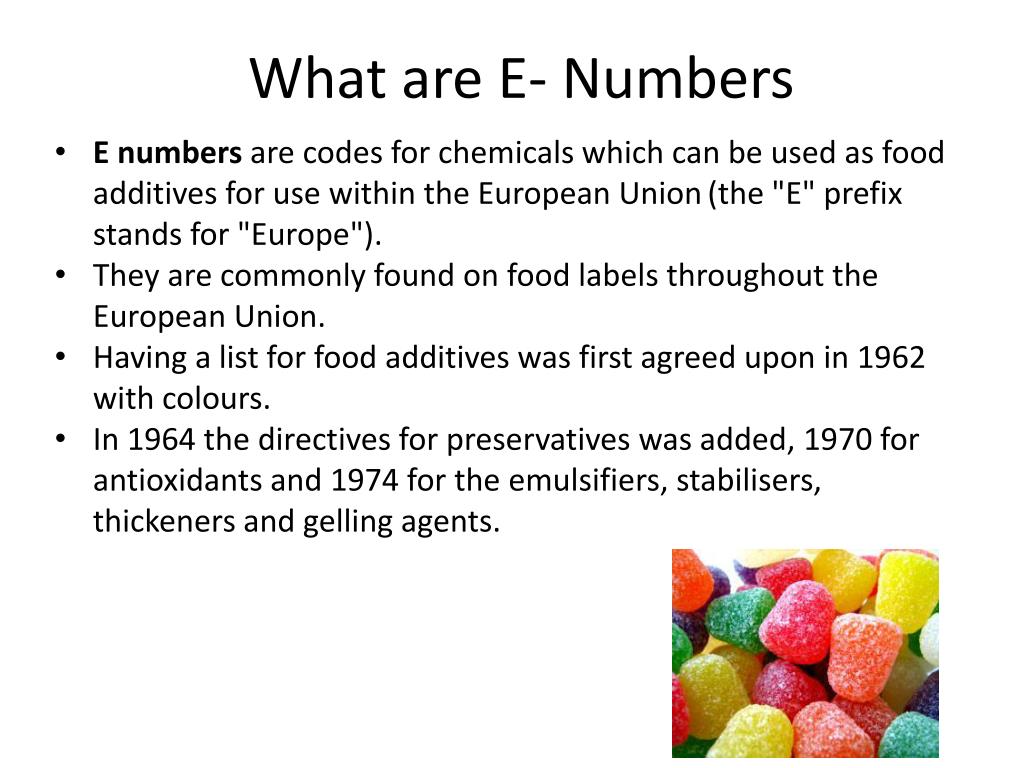
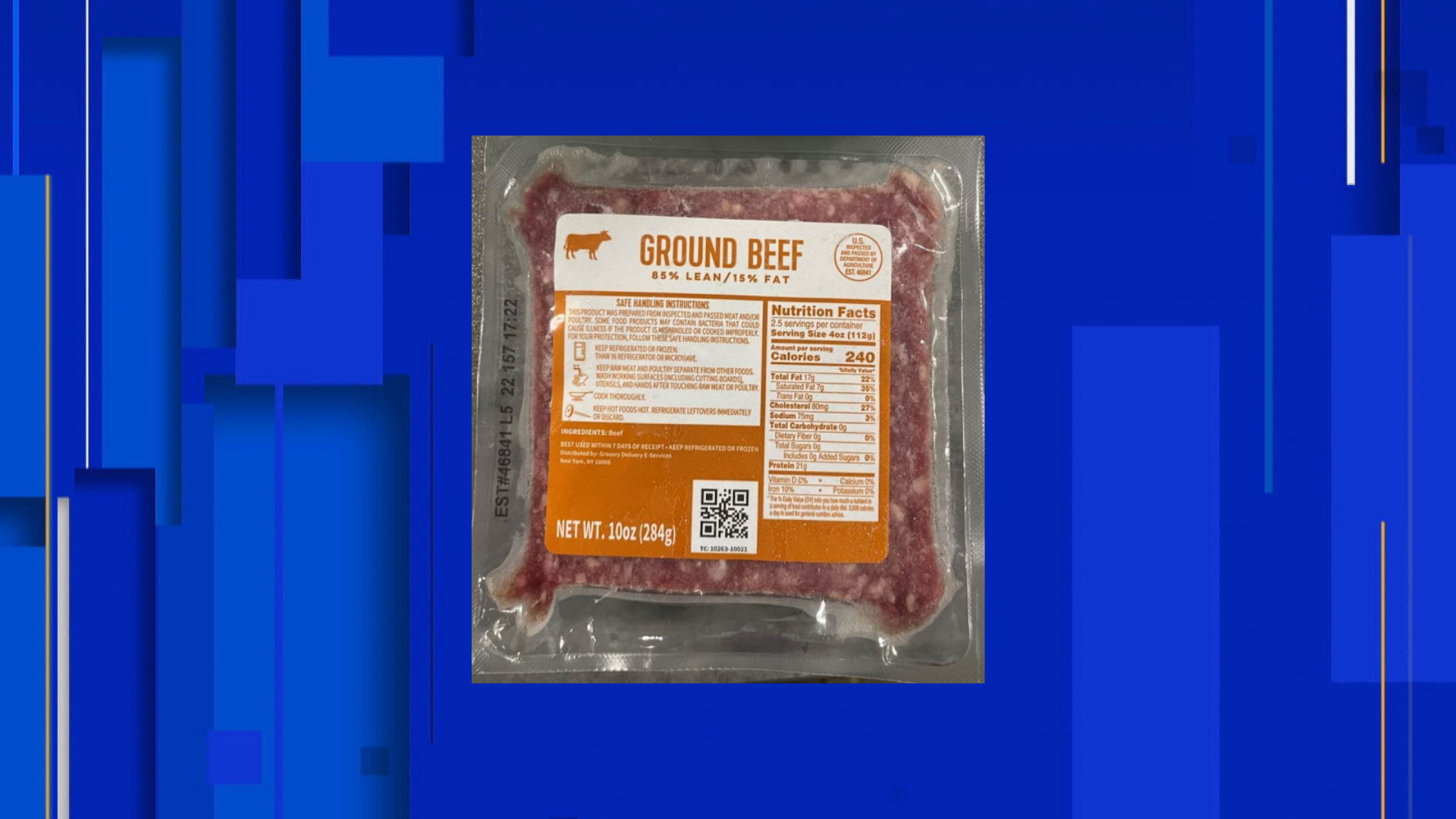
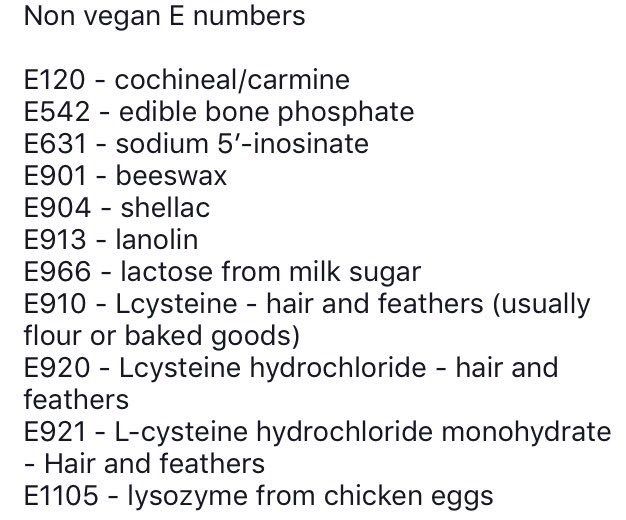
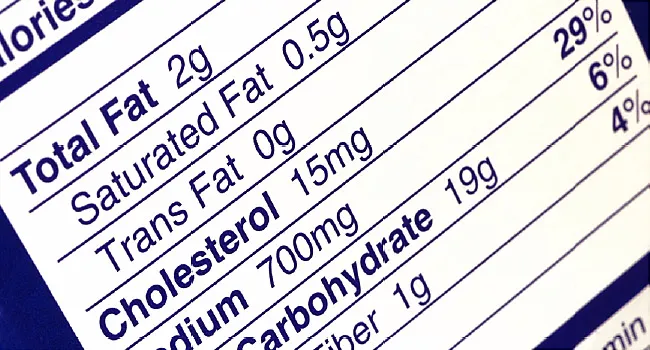
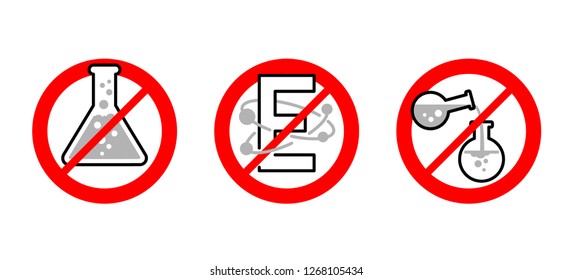

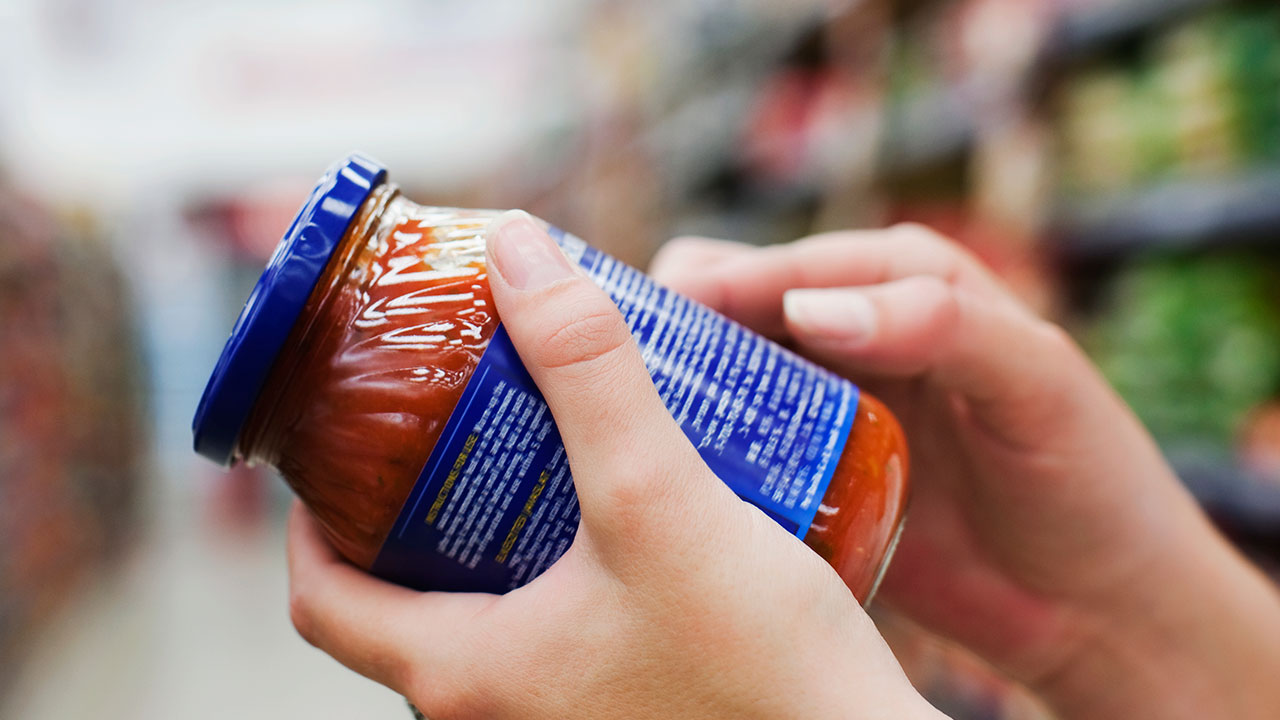

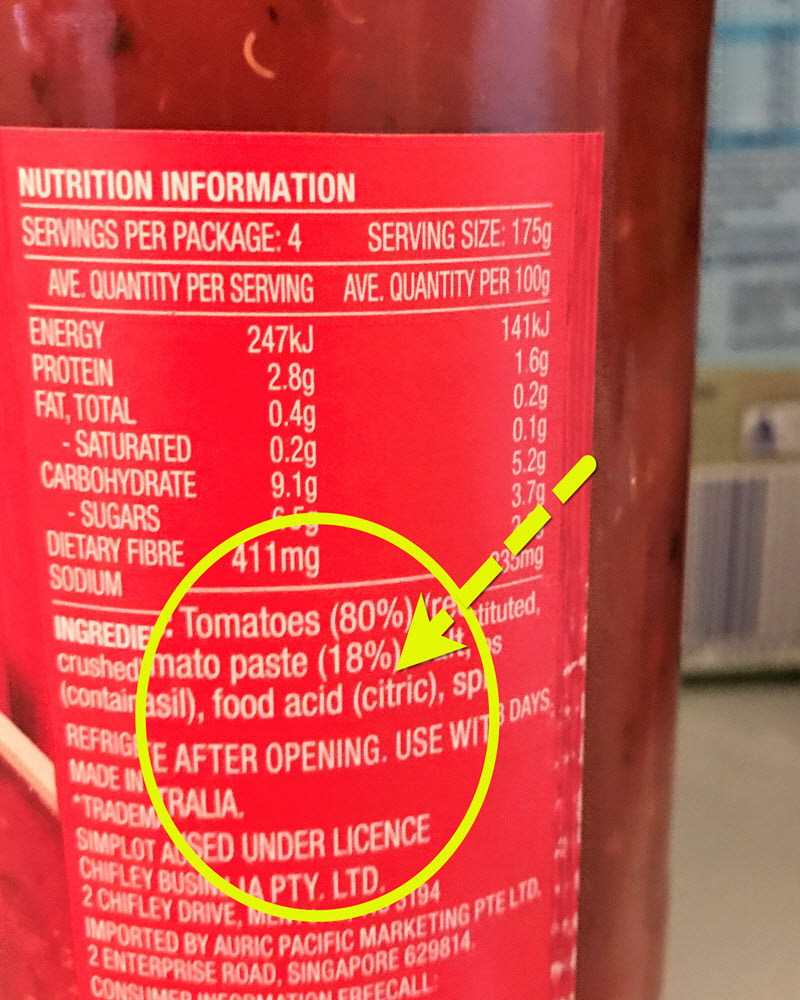
/Food-label-Envision-575f13f25f9b58f22ee9a2dc.jpg)
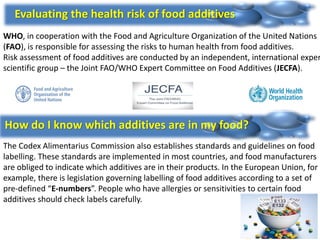



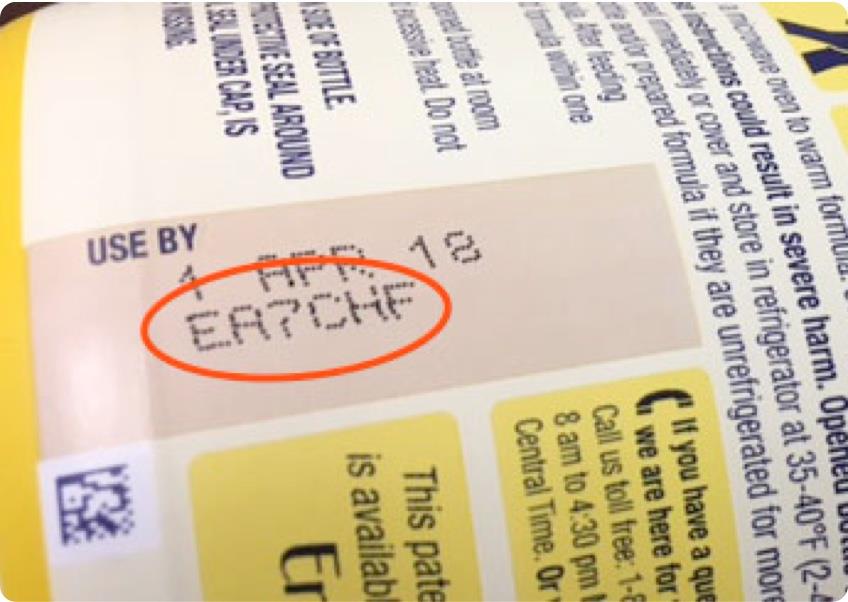


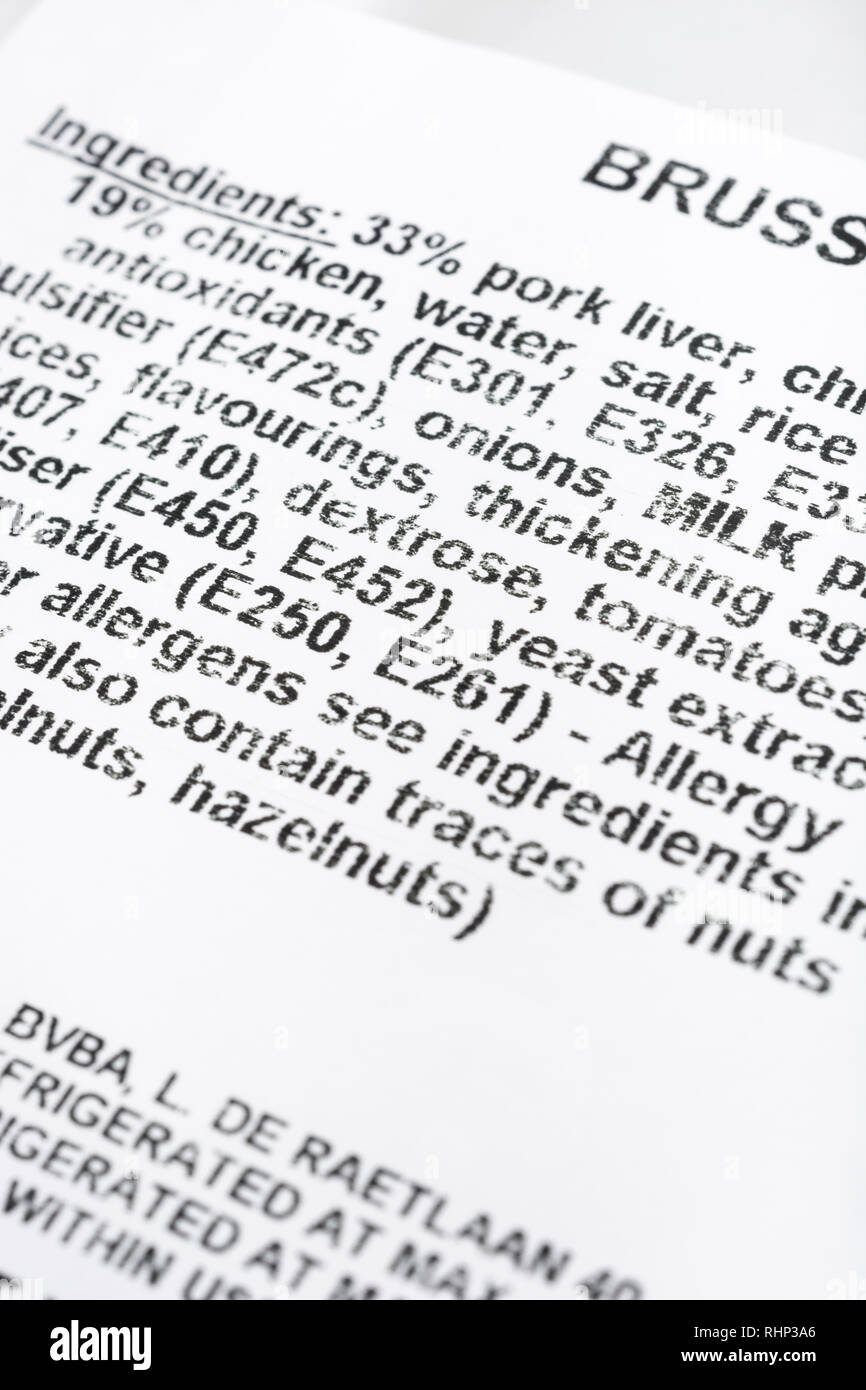


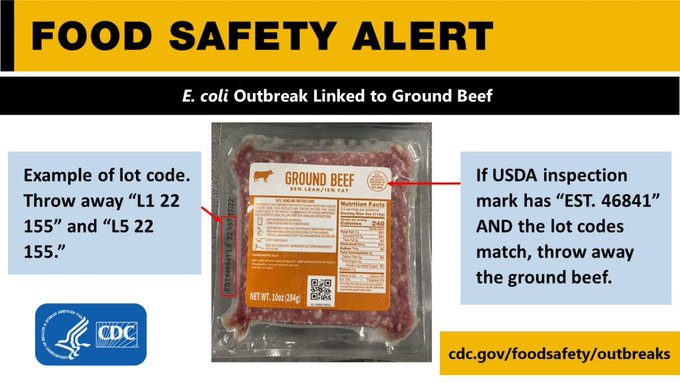


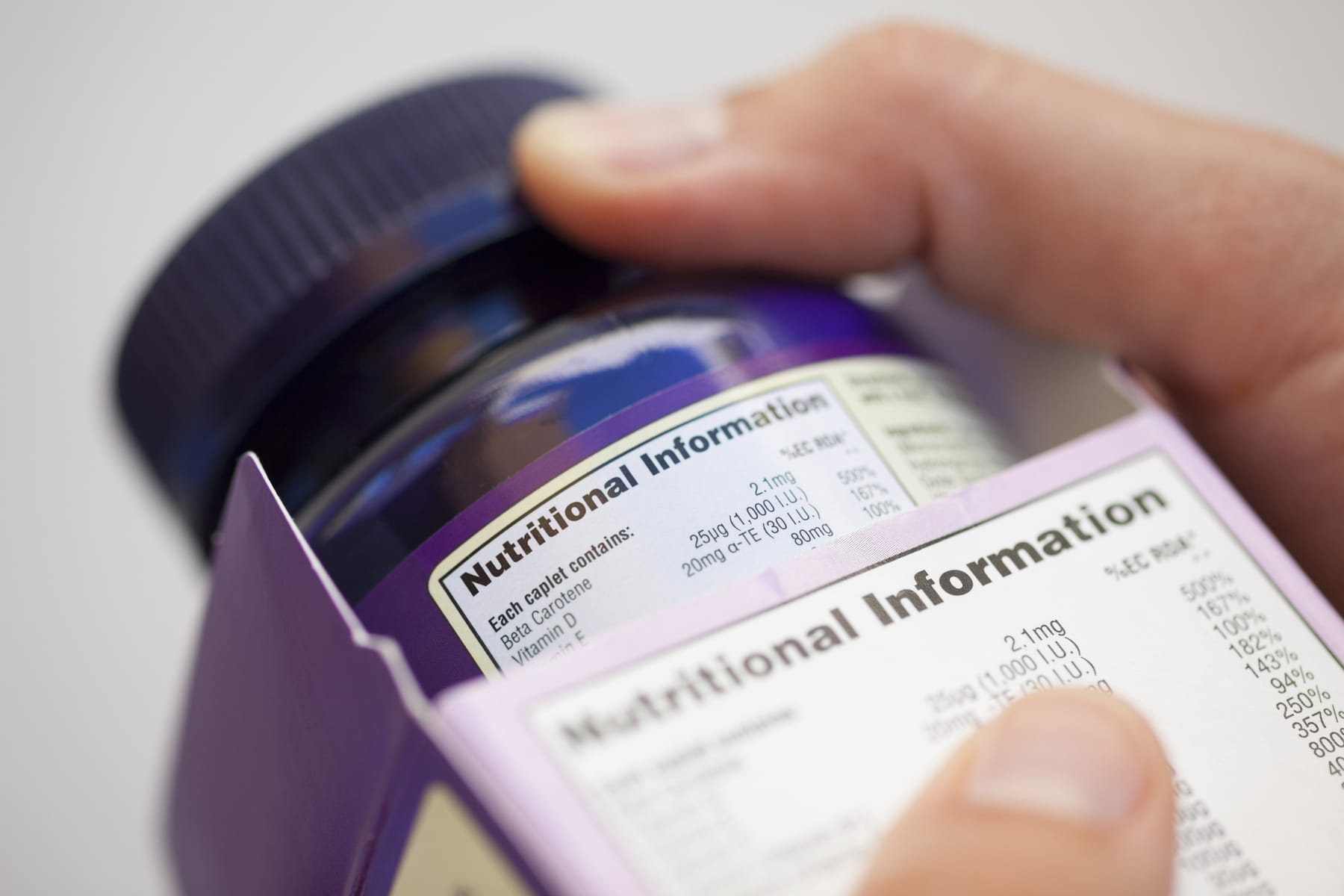
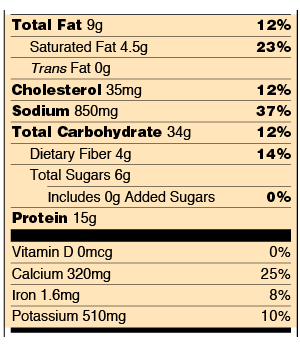

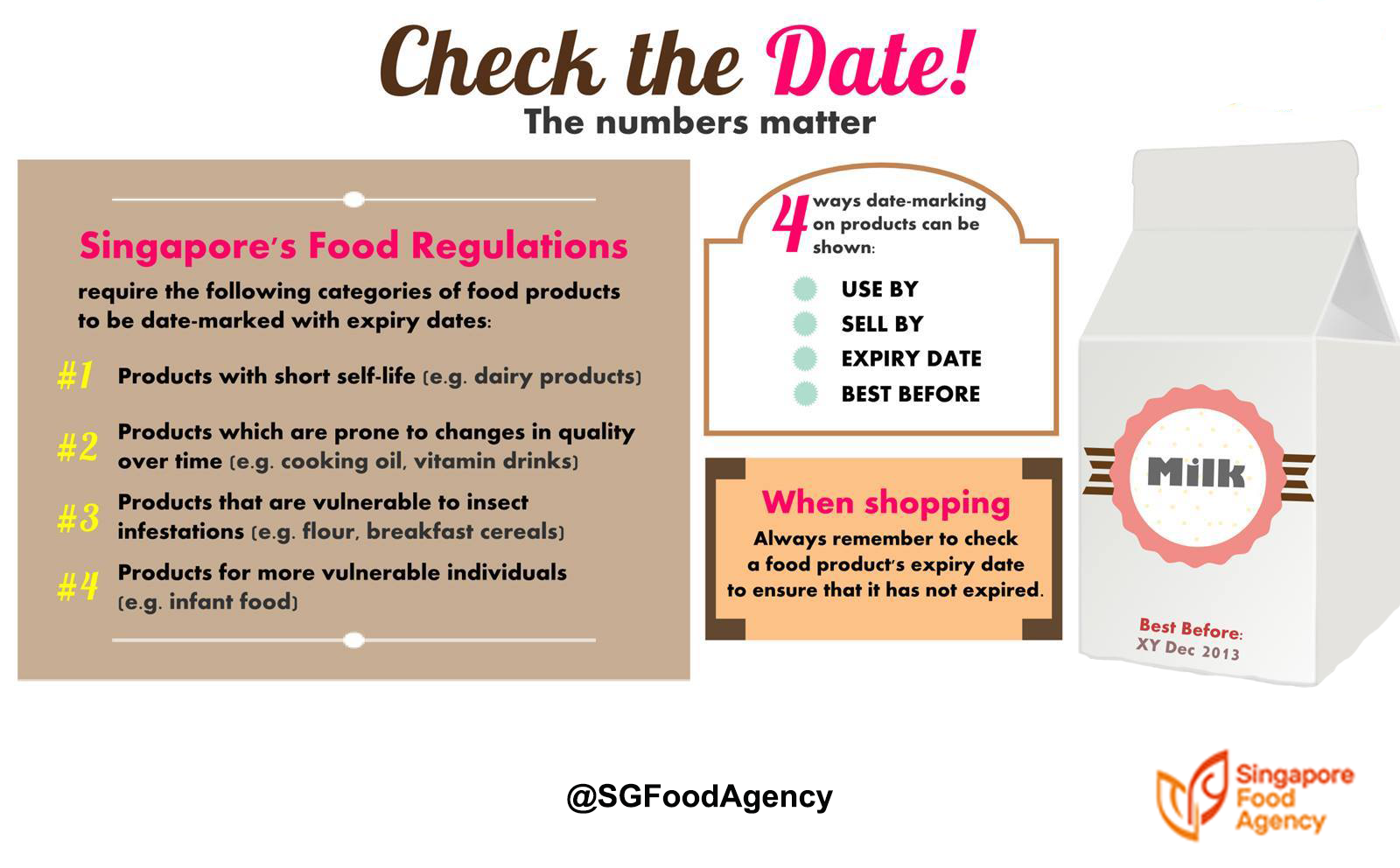

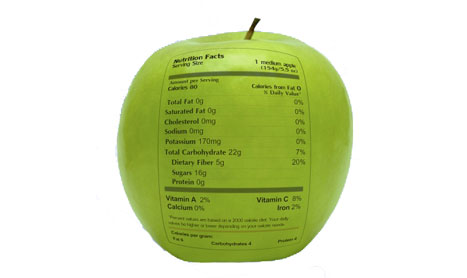


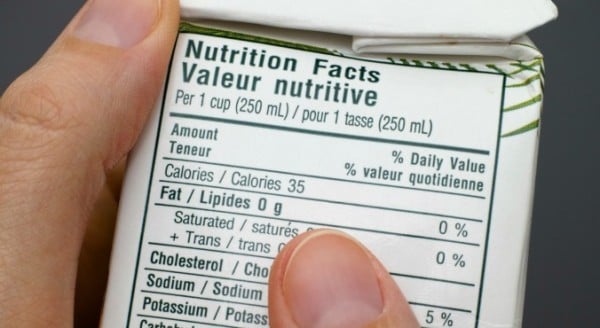
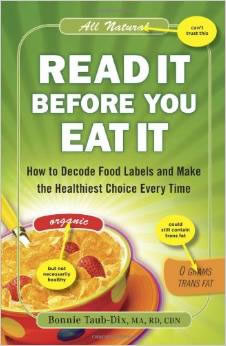
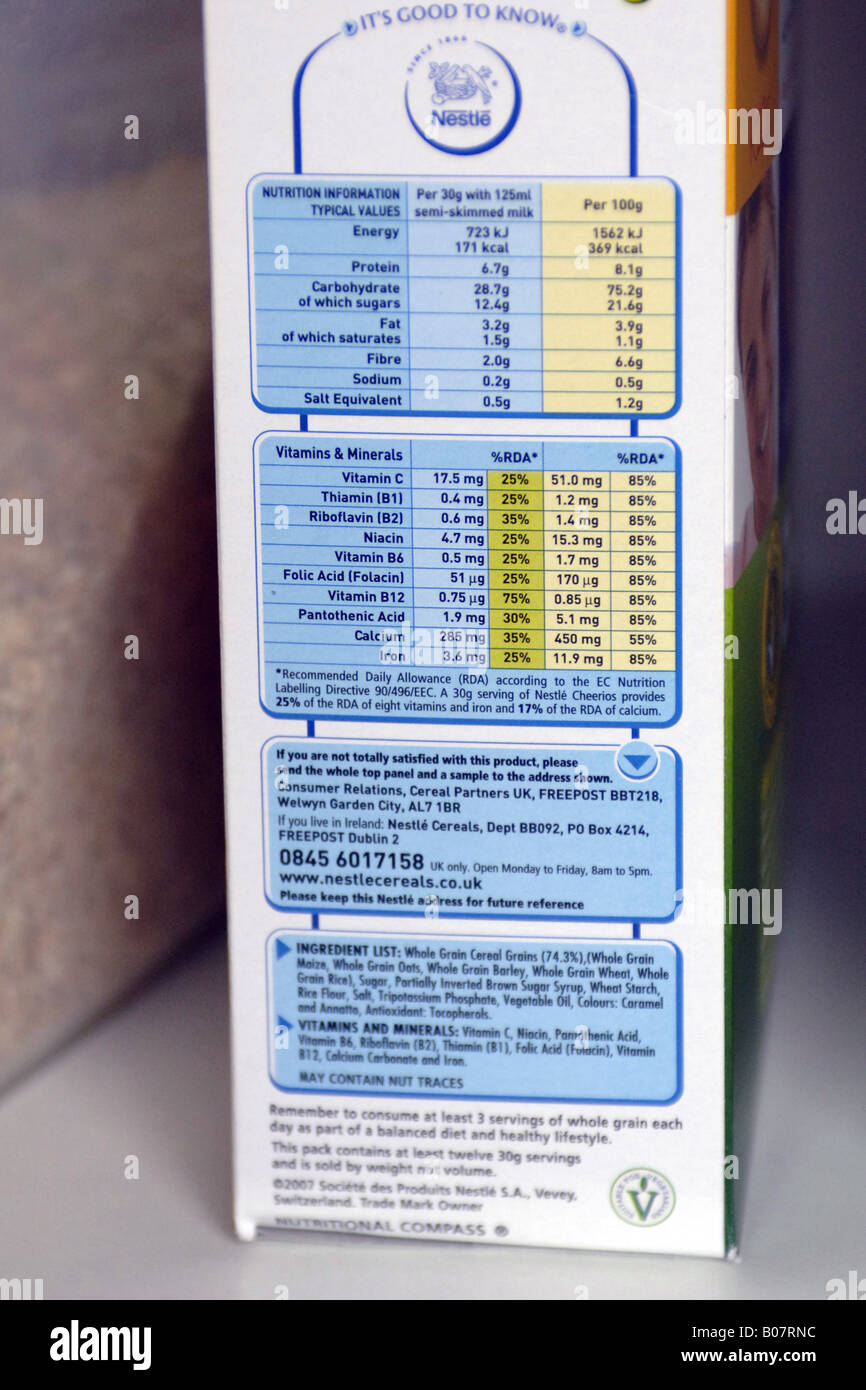

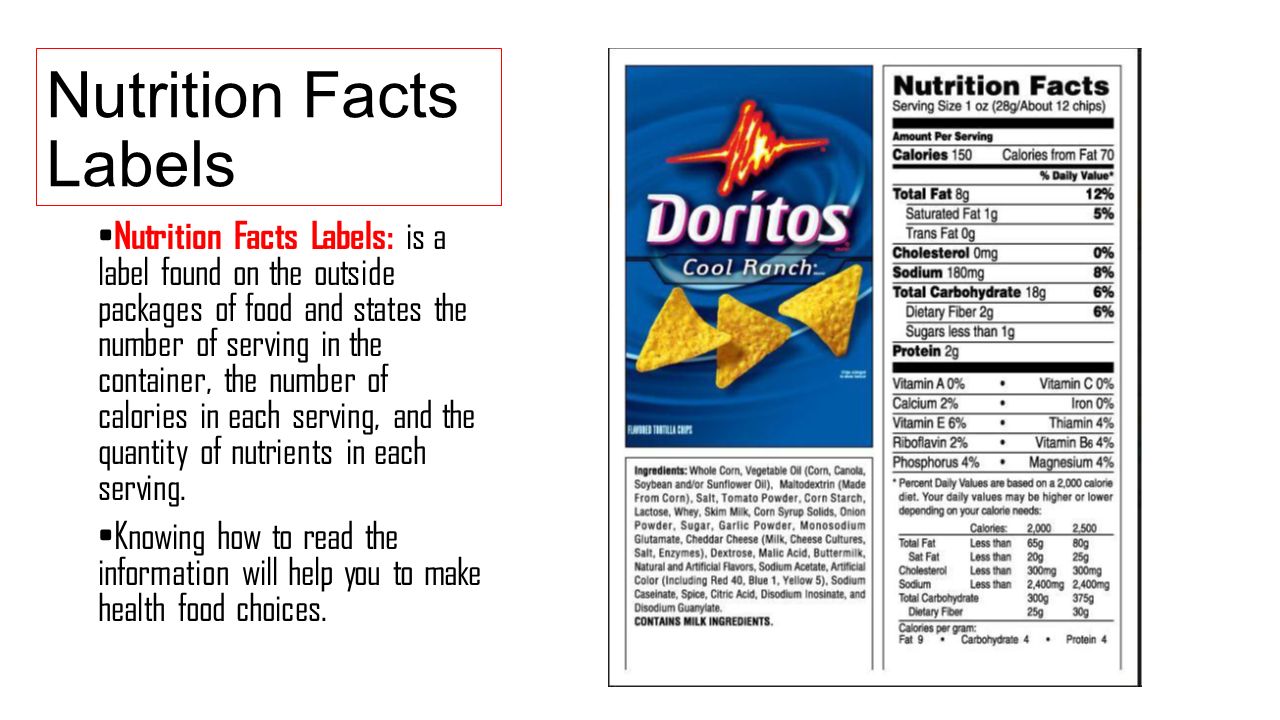

Post a Comment for "44 e numbers on food labels"